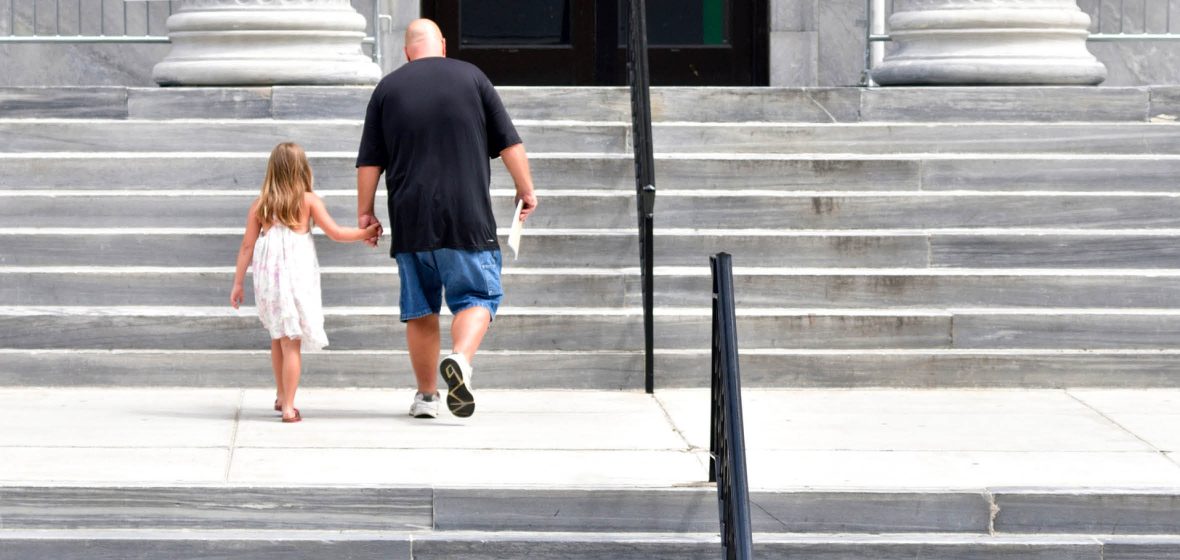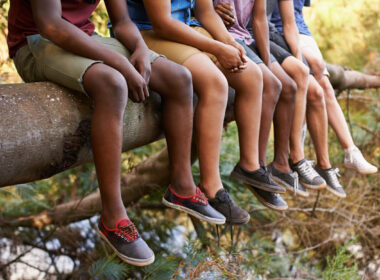Snapshot
- The Child Sexual Offence Evidence Provisions, originally a pilot program, have been implemented State-wide since 29 January 2024.
- The provisions are intended to reduce the stress, delay and trauma experienced by child complainants and child witnesses in sexual offence trials.
- The alternative trial format, including the use of witness intermediaries, and emphasis on expediency have the potential to challenge the usual practices of trial lawyers.
The Child Sexual Offence Evidence Provisions (‘CSOEP’) initially commenced as a pilot program in 2016, operating at Sydney and Newcastle District Courts, which was extended twice to operate into 2024. In 2023, the NSW Government announced the provisions would be rolled out State-wide, following an independent assessment by the University of NSW which found the pilot program received very strong support from participants, reduced stress for child witnesses and improved the quality of their evidence. The expansion was also responsive to recommendations of the Royal Commission into Institutional Responses to Child Sexual Abuse. The State-wide implementation of the CSOEP commenced on 29 January 2024.
The purpose of the CSOEP is to assist child witnesses to give their best evidence. The provisions modify the traditional format of taking evidence in a criminal trial through two special measures: (i) the use of a witness intermediary to assist with the communication needs of child witnesses (Criminal Procedure Act 1986 (NSW) (the ‘Act’), ss 294L, 294M, 294N); and (ii) by pre-recording evidence that is later played to the jury rather than given live (ss 294G, 294H, 294I). These measures are designed to reduce the delay between an allegation being reported to police and evidence being given in court. They also address the difficulties children encounter due to their age and the nature of their evidence in sexual offence trials.




